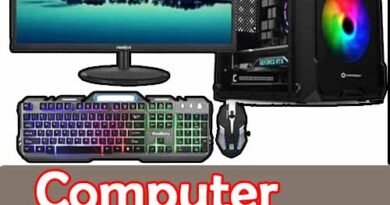Computer Class Note 10
When designing a web page, the layout and content organization are crucial for user experience. Two essential components of any web page are the main post area and the footer. Let’s explore how to create effective and engaging designs for both.
Designing the Post Area
The post area is where the main content of your web page resides. Here are key elements to consider:
- Content Structure: Use headings (H1, H2, H3) to create a clear hierarchy. The main title should be bold and compelling, while subheadings should break up content into digestible sections. This helps readers scan the page easily.
- Typography: Choose fonts that enhance readability. A sans-serif font for body text is often preferred for digital content. Maintain a consistent font size, typically 16-18px for body text, and ensure sufficient line spacing (1.5 to 1.75) to improve legibility.
- Visuals: Incorporate high-quality images, videos, or infographics relevant to the content. Use captions to provide context and enhance engagement. Visuals can break up long text blocks, making the content more appealing.
- Call-to-Action (CTA): Strategically place CTAs within the post to guide readers toward desired actions, such as signing up for a newsletter or exploring related articles. Make CTAs visually distinct using contrasting colors and buttons.
- Links: Use hyperlinks to connect readers to additional resources, related posts, or external websites. Ensure that links are visually identifiable (e.g., underlined or in a different color) to enhance usability.
- Social Sharing Buttons: Include social media buttons that allow users to share your content easily. Position these buttons prominently to encourage sharing and increase visibility



